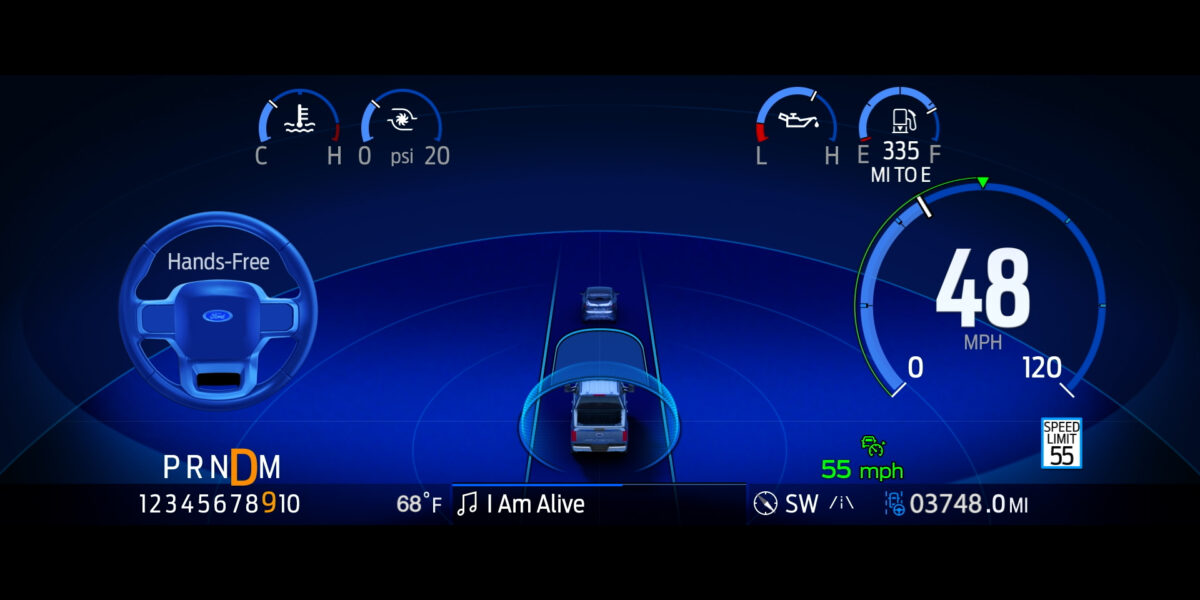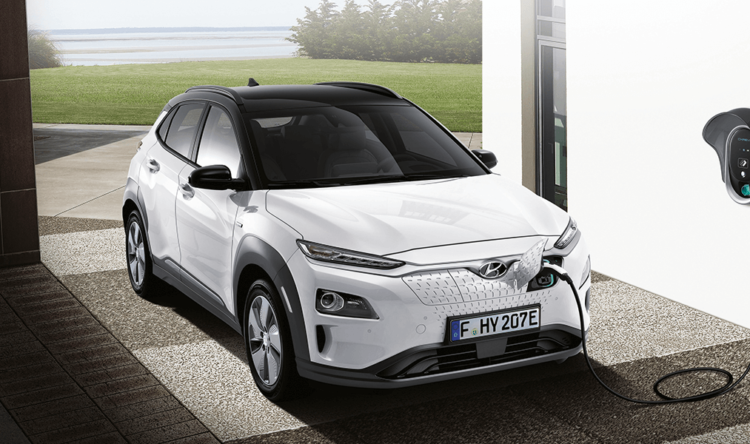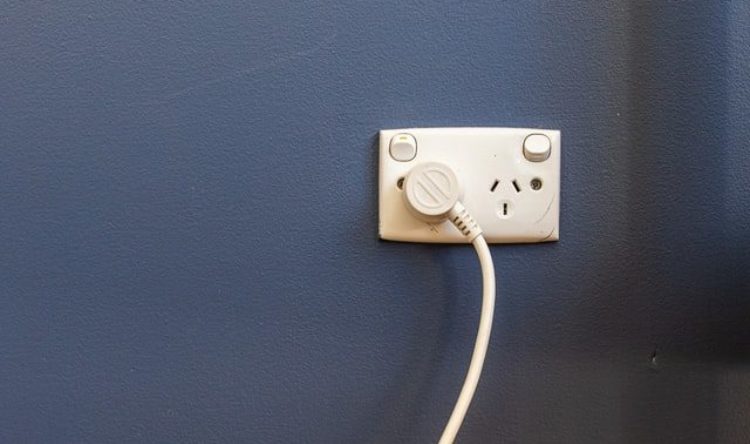Ford fuels the future
Hands free driving given the government thumbs up
Drivers of specifically equipped Fords are now allowed to drive hands-free on British motorways. Using the BlueCruise technology, drovers will be able to take their hands off the wheel and let the car do the driving, legally, for the first time in the UK.
The eyes have it
Ministers have approved the “hands-off, eyes-on” technology for use on certain motorways.
Controlling the steering, acceleration and braking, the system also uses a camera to monitor a driver’s eyes. The driver has to remain alert and ready to intervene if an issue arises.
This new technology will be available on 2023 models of Ford’s electric Mustang Mach-E SUV as the first step. The tech is designed to keep a safe distance from other cars and even bring vehicls to a complete stop in traffic jams.
But this is not ‘self-driving’ according to Thatcham Research, an automotive research firm. Instead, it is a stepping stone, “the next development in assisted driving technology”.
“What makes it different, is that for the first time ever drivers will be permitted to take their hands off the wheel. However, their eyes must remain on the road ahead, ” said Tom Leggett, vehicle technology specialist at Thatcham.
He added: “Crucially, the driver is not permitted to use their mobile, fall asleep or conduct any activity that takes attention away from the road.”
Paying for privilege
Ford’s hands-off technology comes free with the new car for the first 90 days. After that, drivers will then have to sign up for a monthly subscription. These models will on sale for just over £50k.
Deliveries have already begun. Maximum speed under the system is set at 80mph.
Cameras and sensors are used to detect lane markings and speed signs, as well as positioning the vehicle and assessing the speed and positioning of other road users.
Science of safety
Transport Minister Jesse Norman said: “The latest advanced driver assistance systems make driving smoother and easier, but they can also help make roads safer by reducing scope for driver error.”
Lisa Brankin, managing director of Ford in Britain and Ireland, told the BBC’s Today programme that the car will only take over when “the system feels it’s safe” and only in certain “blue zones”. These will have been deemed as safe across 2,300 miles of pre-mapped motorways in England, Scotland and Wales.
“If your eyes are closed, the car will prompt you to put hands onto the steering wheel and take control… It will keep prompting the driver and if they don’t respond, the car will steadily slow down to a stop,” she said.
She adds that in the case of accidents, the driver will still be fully responsible in insurance claims, as the technology is “not autonomous driving” and the driver is in control.
Levelling up
This represents ‘Level 2’ driver assistance system, whilst ‘Level 5’ would be completely autonomous driving. A human driver still has to take control if necessary.
There are six levels of autonomous driving, as defined by the Society of Automotive Engineers:
- Level 0: Very little automation, with features providing some warnings or assistance like automatic braking
- Level 1: Driver assistance, where the technology controls one aspect such as cruise control
- Level 2: Partial automation, where two or more aspects of driving are controlled by technology, such as speed regulation and parking done by the car itself
- Level 3: Conditional automation, where the technology makes nearly all decisions on the road, although the driver still needs to be present to override any potential mistakes. At this stage, drivers could take their eyes off the road for certain periods of time
- Level 4: High automation, where technology does not require any human interaction in most circumstances. This is currently limited to certain areas where speed limits are low and roads are easy to read. This type of automation is currently restricted by regulation
- Level 5: Full automation, where no assistance is needed from a human driver at all
Tried and tested
Ford’s technology has been available since 2021 in the US and Canada.
In the last couple of years, more than 190,000 Ford and Lincoln vehicles have covered more than 60 million miles using the technology without any crashes reported.






